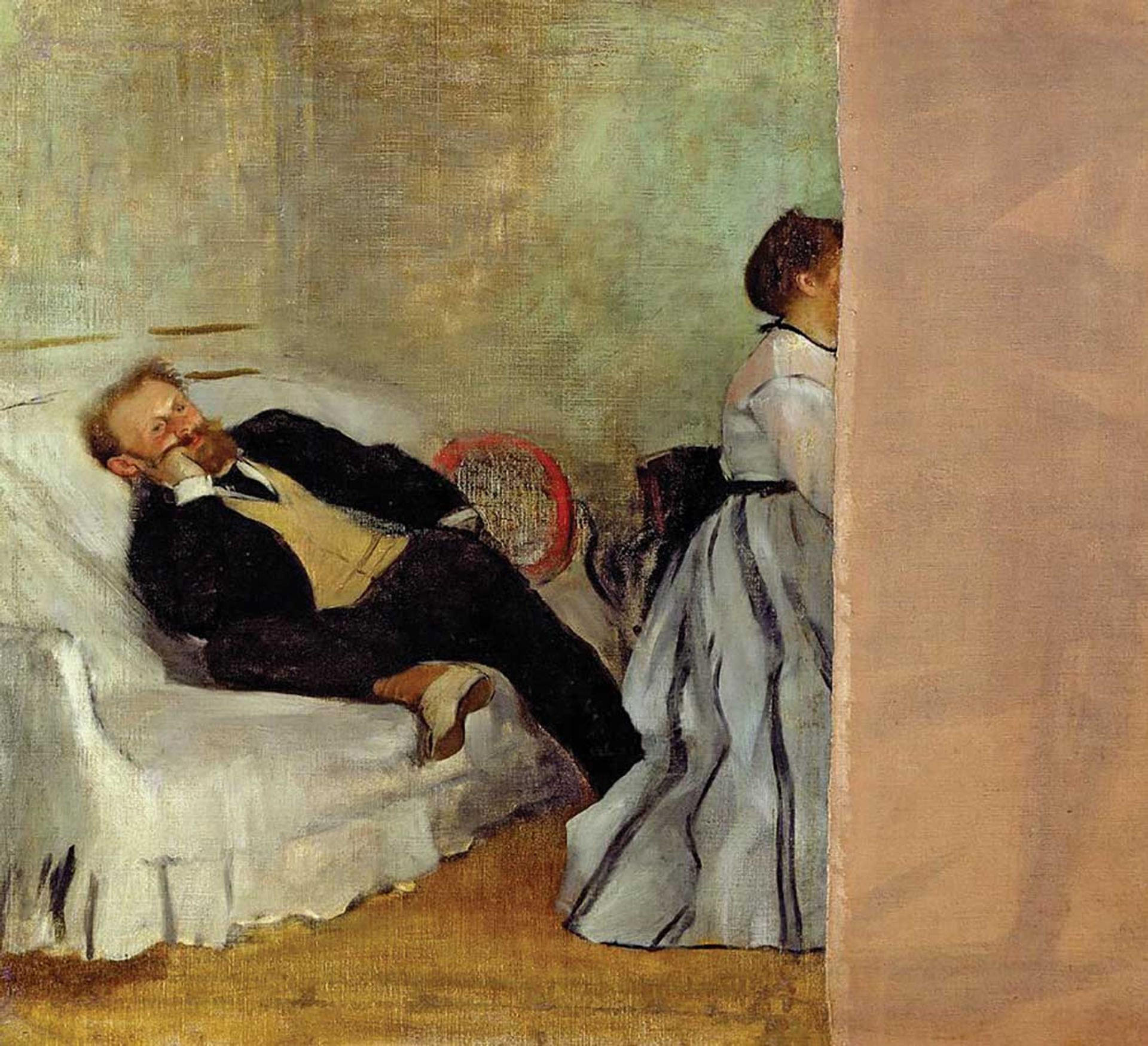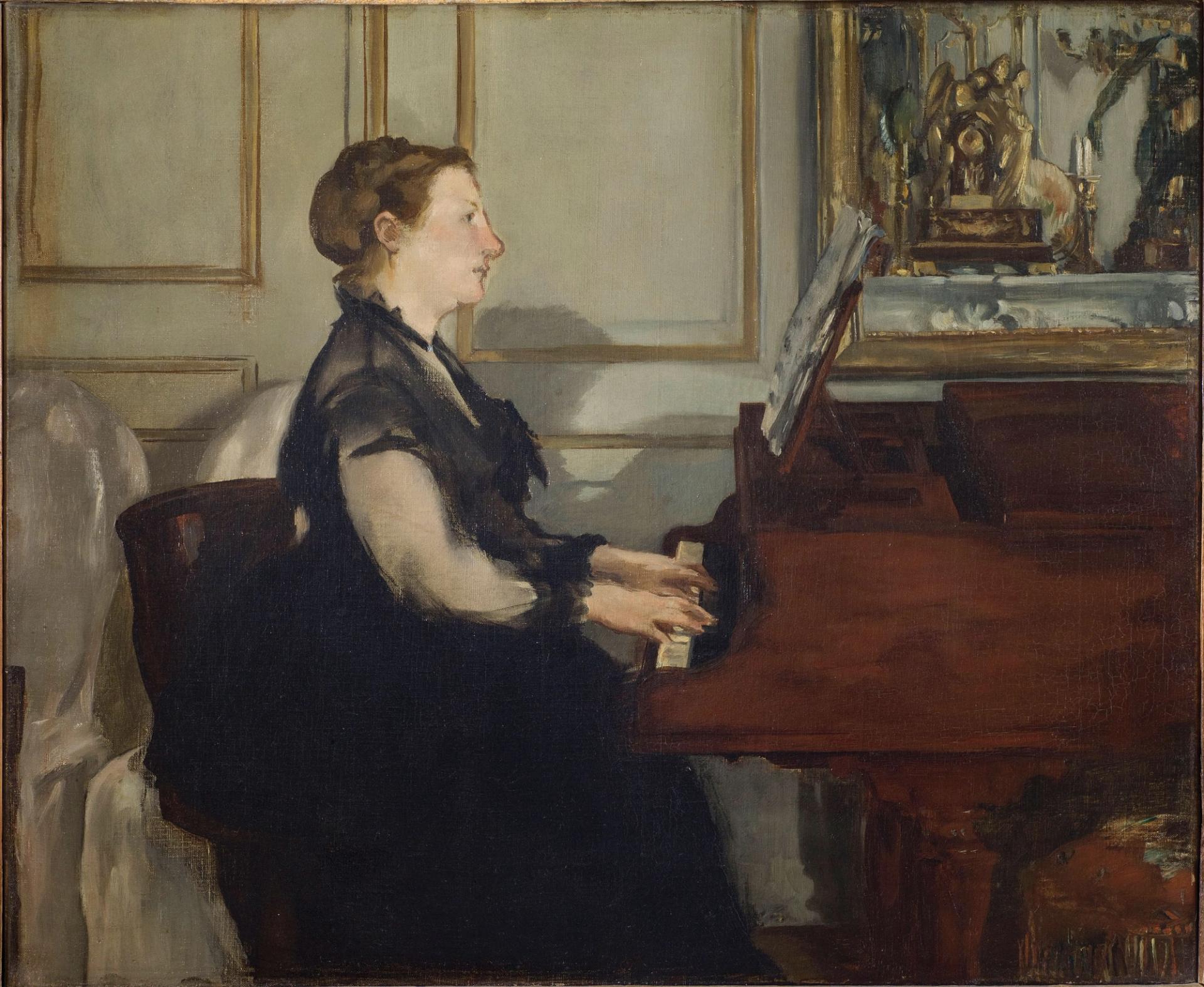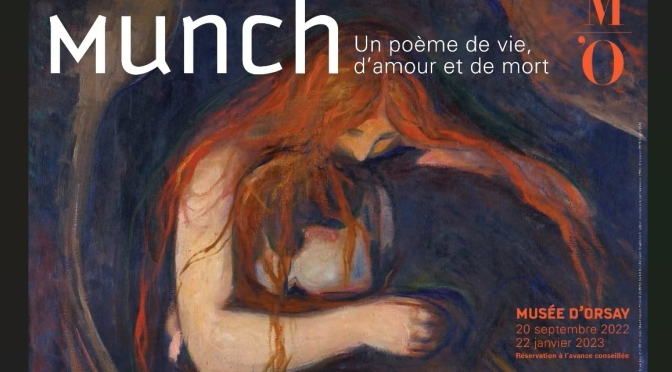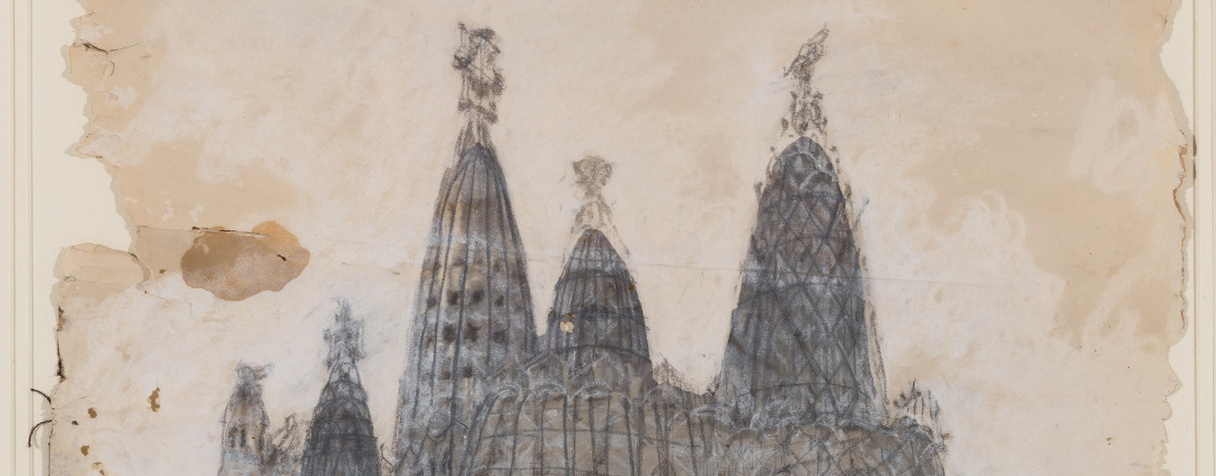Musée d’Orsay (March 23, 2023) – Édouard Manet (1832-1883) and Edgar Degas (1834-1917) were both key players in the new painting of the 1860s-80s. This exhibition, which brings together the two painters in the light of their contrasts, forces us to take a new look at their real complicity.

It shows what was heterogeneous and conflicting in pictorial modernity, and reveals the value of Degas’s collection, where Manet took a greater place after his death.
A comparison of artists as crucial as Manet and Degas should not be limited to identifying the similarities in their respective bodies of work.

Admittedly, there is no lack of analogies among these key players in the new painting of the 1860s-80s when it comes to the subjects they imposed (from horse races to café scenes, from prostitution to the tub), the genres they reinvented, the realism they opened to other formal and narrative potentialities, the market and the collectors they managed to tame, and the places (cafés, theaters) and circles, whether comprised of family (Berthe Morisot) or friends, where they crossed paths.
Manet / Degas
From March 28 to July 23, 2023





